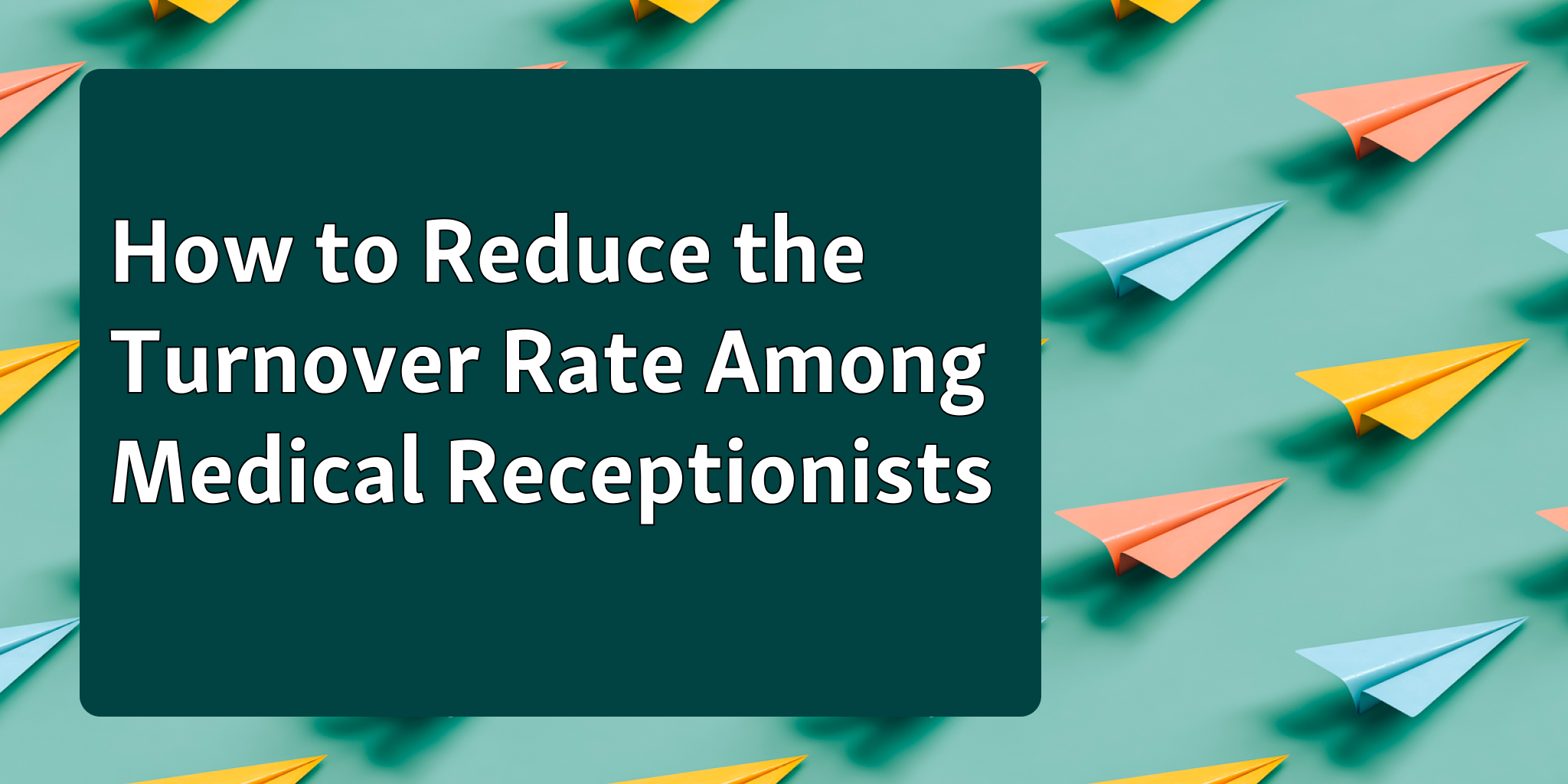How did it happen that, as patients, we pretty much expect to have a terrible experience when visiting hospitals?
Even ignoring the overall stress associated with health risks, you have to spend a lot of your time in infamously long hospital queues. According to a 2015 study by Harvard Medical School, people spend 121 minutes for every visit to the doctor.
Though these numbers are high, they aren’t exactly surprising, right? At least to anyone who has ever been to a hospital.
A better question is, “Why is hospital wait time so long?” Long queues may seem like a characteristic of hospitals at this point, but there must be an explanation as to how this came to be.
Without further ado, here are 5 reasons why hospital queues are out of control.
Bonus: 25+ Best Patient Queuing Software
1. Too Many Patients, Not Enough Hospitals

Let’s get the obvious out of the way — the current healthcare infrastructure in most countries simply isn’t equipped to deal with large volumes of patients.
Take for instance, Canada. In a 2010 report by a local news agency, a growing number of ER physicians complained about being understaffed. Emergency room doctors said they were seeing a 20% increase in the number of patients, with no increase in the number of physicians since 2007.
Because staffing issues are so context-sensitive, it’s impossible to find the answer right away. While it’s tempting to think that increasing the number of doctors will change things, the queuing problem is more complex than that.
For example, certain hospitals or their departments might be facing a shortage of hospital beds. Others might be in need of nurses or administrative staff.
The point being, there’s no cure-all solution.
Hospitals around the world have to be aware of systemic factors that are working against them. Things like the level of government funding are out of their control, but spreading awareness about these issues is much needed.
2. Triaging the Queue

The lack of resources is not the only reason why hospital wait times are so long. Triaging, the next item on our list, is just as guilty of making waiting at a hospital excruciatingly slow.
What is triaging, exactly? Basically, it’s the process of deciding the order of patients to serve.
At a theoretical level, queue management models offer a lot of options on how to handle your visitors. Examples of such models include:
- First in, First out (FIFO)
- Last in, First out (LIFO)
While these rules can help us decide on the sorting algorithms, they simply don’t allow for the qualitative information.
The thing is, not all patients are in equal need of care. Some patients are coming in for a follow-up visit. Others queue up for a general check-up or, as it often happens, “just to ask a quick question”.
Naturally, doctors find themselves prioritizing certain patients over the rest. This may sound logical on paper, but when you see a person behind you suddenly come in front you, you can’t help but feel injustice.
The problem is, queuing at hospitals is often managed manually by administrative staff. It takes no more than a handful of such cases to break down the entire system.
3. Emergency Situations

“Always expect the unexpected” may sound like a reasonable advice, but it doesn’t help that much at the end of the day. Emergencies do happen, and nowhere is it as apparent as in healthcare.
By their very nature, emergency cases need to be attended to over anything else. A separate emergency room makes sure that hospitals are not affected by emergencies and continue to function normally.
However, in dire situations and with limited resources, doctors may find their attention diverted to emergencies. Without an automated system to share real-time information, this adds to the chaos of a hospital wait room.
Hospital staff, already under pressure, is now burdened with the additional task of answering disgruntled patients’ questions.
4. Visiting a Hospital at the Worst Time

The topic of the worst times to visit a hospital is as interesting as it is practical. We’ve already covered it in some detail, but in case you missed it, here’s a recap of the worst times:
- The month of July.
- Public holidays like the 4th of July or Christmas.
- Weekends.
- Night times.
One of the main reasons these are identified as the worst times to visit a hospital is due to the higher average wait time and inability to find the appropriate physician.
For better or for worse, holidays are not the norm. However, there’s a high probability you’ll find yourself at a hospital on a weekend or at night. And that’s when you get into trouble.
With an understaffed hospital, all attention is devoted to the actual service, i.e. making sure as many patients get to see the doctor. Everything else — like hospitals employing special staff in the waiting room — is treated as extra, and thus is not at the focus.
In other words, hospital experience usually ignores the patient’s perspective in favor of simply providing basic-level care. Communication and transparency take a hit, which further increases the perceived wait time.
5. Inefficient Queuing at Hospitals

Even with vast resources, hospitals are often guilty of inefficient management practices.
We’ve explored many of these factors at length.
- For one, appointments can be very problematic — instead of letting you prepare for the day’s activities, they break down the daily schedule.
- A few cases of late arrivals, no-shows, or a longer-than-average visit completely derail the entire day at the hospital.
- Then there’s the use of obsolete technologies like sign-in sheets. Paper sign-in sheets are inefficient in terms of not only time, but also the unnecessary strain they put on your administrative staff. And to top it off, there is the security threat they pose. -Learning to manage walk-ins the right way using a queue management system is a much better alternative.
Queuing solutions like Qminder are being successfully used by healthcare facilities worldwide. Apart from the obvious, i.e. the ability to manage large volumes of patients, hospital queue systems allow to:
- Use first names to greet patients for a greater patient experience.
- Use internal labelling to simplify the triaging process.
- Gather and process real-time information to further improve patient management.
These factors do not only contribute to the improvement of the general hospital time management. A pleasant, personalized hospital experience drastically reduces perceived wait time.
As a result, hospital queues not only become shorter, they also feel shorter.
There are 5 reasons why hospital queues are long, but not a single one why they should stay that way.
If you care about your and your patients’ time, give Qminder a try. A free 14-day trial is more than enough to see how much your hospital can benefit from properly managed queues.





